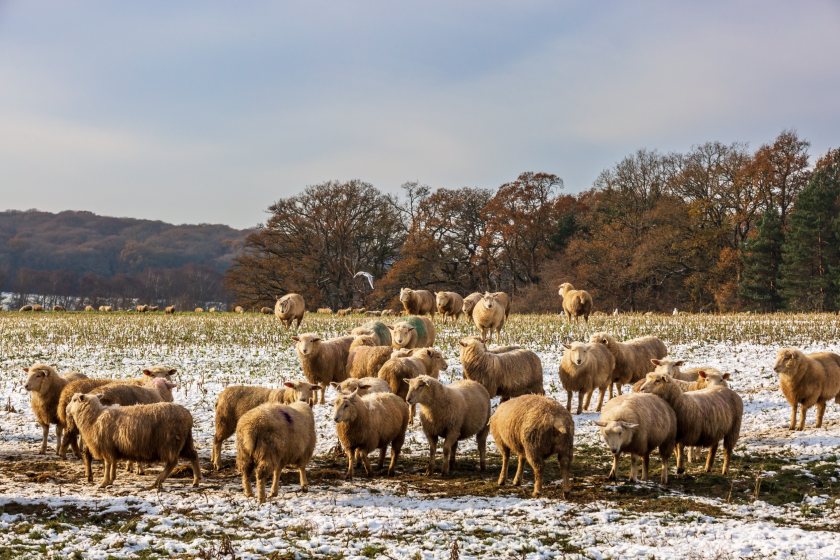
Inflation in agriculture remains high at nearly 19% as the cost-of-farming squeeze continues, the latest figures show.
Consultant Andersons’ latest inflation estimate for January 2023 shows that ‘agflation’ is now at 18.7%, down from the July 2022 peak of 26.3%.
Since the onset of the Russia-Ukraine conflict last February, farming input costs have soared and have hit levels not seen in decades.
Andersons says that agflation continues to outpace general economic inflation (CPI) as well as agricultural outputs and food prices.
Although the CPI and CPI Food indices continue to rise, standing at 10.5% and 16.8% respectively, there is still a gap between the food price inflation that consumers face and the increased input costs that farmers must manage.
Therefore, UK agriculture continues to experience a cost-of-farming squeeze, Andersons warns in its latest report.
However, although agflation remains higher than food prices, it is declining - in July 2022, it peaked at 26.3%
Throughout 2022, agricultural input cost inflation generally surpassed price rises for agricultural outputs.
"The only exception came in October and November when both indices were aligned," Andersons says in its report.
"During December and January, the agricultural outputs’ inflation rate has more than halved, declining from 22.9% in October to 11.1% today.
"It is now 7.6 percentage points lower than agricultural inputs’ inflation."
This signifies a challenging period ahead for farmers as the gap between input cost rises on the one hand and output prices on the other continues to widen, Andersons says.
Global Dairy Trade (DGT) auction prices, taken as a proxy for global milk prices, have declined by 6% in the past month.
Feed wheat prices (£213/t) are also down by 6% versus December and are returning to levels seen this time last year when prices stood at £210/t.
"The implications of these trends will require careful consideration," Andersons' report explains.
"Whilst general economic inflation looks to have peaked and several commentators are forecasting that the inflation rate will decline significantly during 2023, food prices continue to rise.
"This should not come as a surprise at this juncture because there tends to be a lag between the rates of inflation for agricultural commodities (inputs and outputs) and the inflation rate for food prices."
The report concludes: "With agricultural inflation peaking in July, one would anticipate that the CPI Food index will also peak shortly, if it has not already done so."
